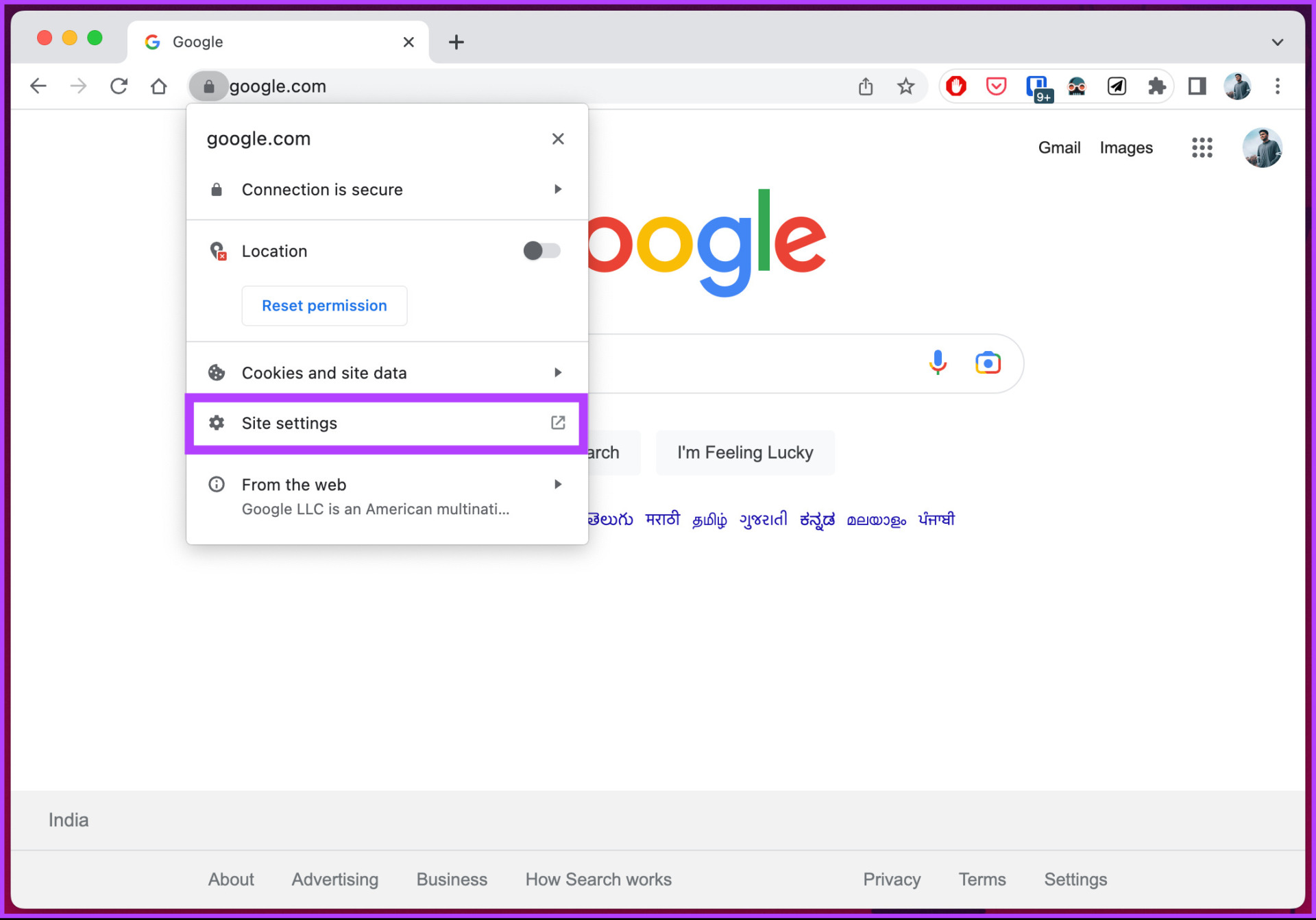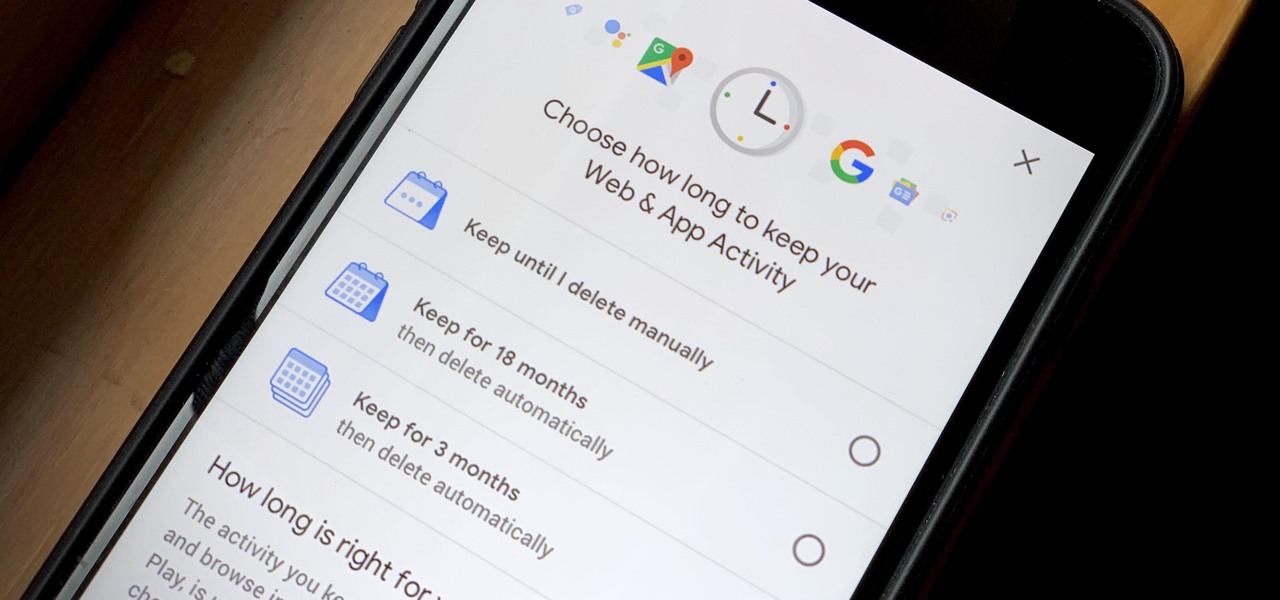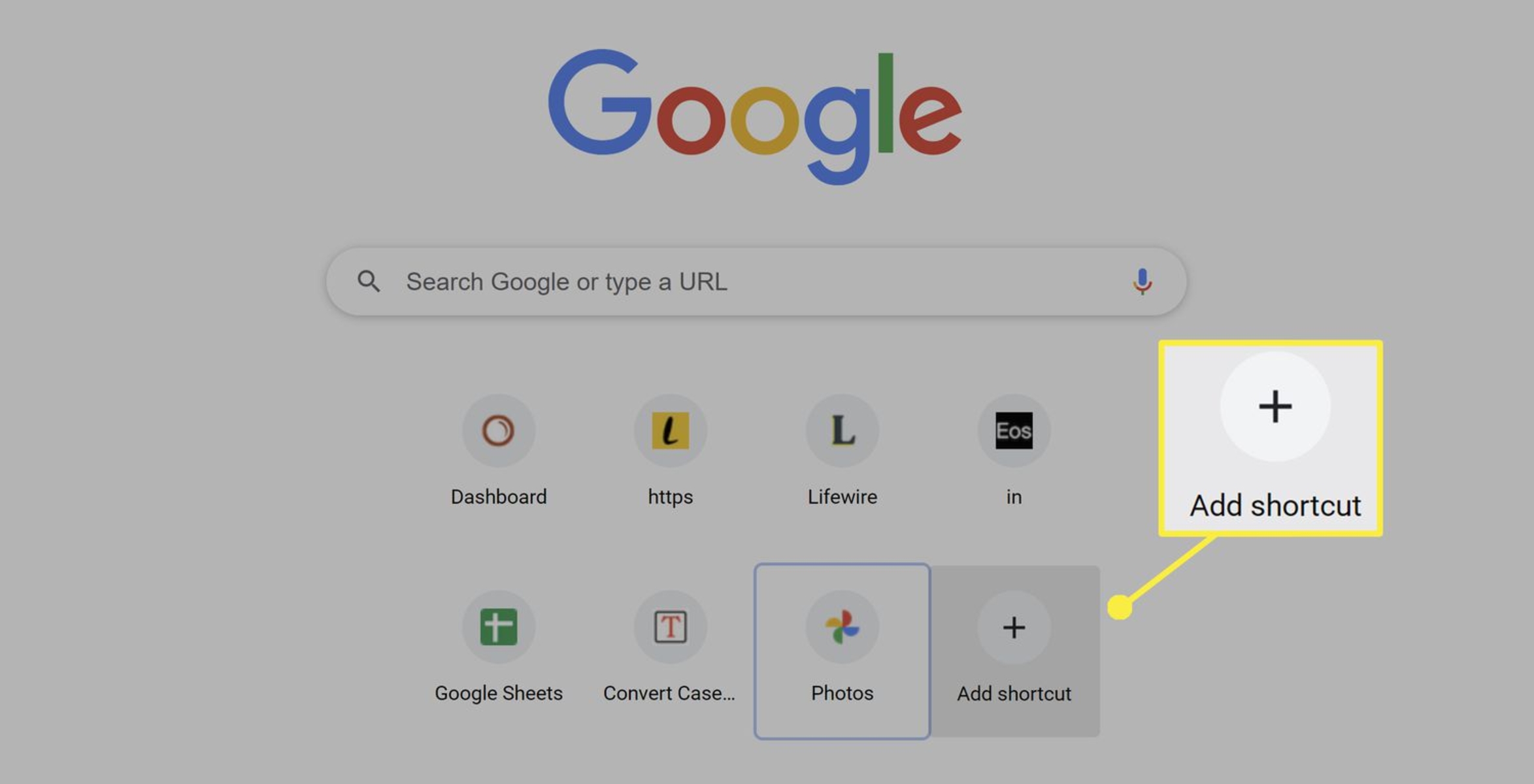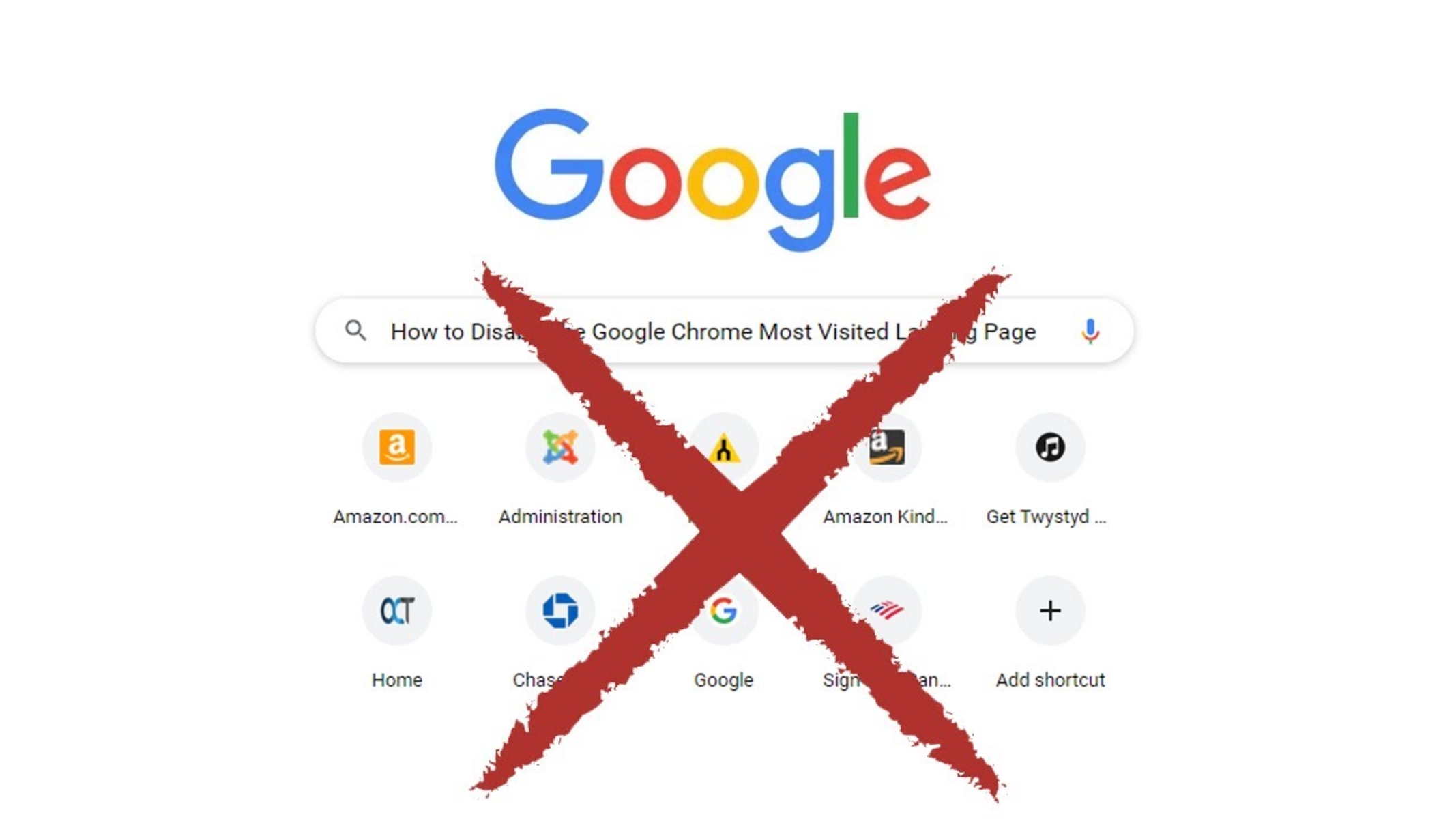Introduction
Google Chrome is one of the most popular web browsers, known for its speed, simplicity, and user-friendly interface. As we browse the internet, Chrome keeps a record of the websites we visit, creating a history that can be accessed through the browser. While this feature can be convenient for revisiting previously viewed sites, there are times when we may want to remove this browsing history for privacy or security reasons.
Whether you've visited a website that you'd prefer to keep private or simply want to clear out old data to free up space, knowing how to remove visited sites from Google Chrome is a valuable skill. By understanding the various methods available, you can maintain control over your browsing history and ensure a more personalized and secure web experience.
In this article, we'll explore several effective strategies for managing your browsing history in Google Chrome. From clearing your history and cache to utilizing the Incognito mode and managing Chrome settings, we'll provide step-by-step guidance to help you remove visited sites and maintain your privacy while browsing the web. Whether you're using Chrome on your computer or mobile device, these techniques will empower you to take control of your browsing history and enjoy a more tailored and secure online experience.
Clearing History and Cache
Clearing your browsing history and cache in Google Chrome is a straightforward process that can help you maintain privacy and optimize browser performance. By removing the record of visited sites and clearing cached data, you can ensure a fresh and secure browsing experience. Here's how to do it:
Clearing Browsing History:
- Open Google Chrome on your computer or mobile device.
- Click on the three-dot menu icon in the top-right corner of the browser window.
- Select "History" from the dropdown menu to access your browsing history.
- On the History page, click on "Clear browsing data" in the left-hand menu.
Choosing Data to Clear:
- A dialog box will appear, allowing you to select the time range for which you want to clear browsing data. You can choose to clear data from the past hour, day, week, month, or all time.
- Check the boxes next to the types of data you want to clear. These may include browsing history, download history, cookies, and other site data, cached images and files, and more.
Clearing Cached Data:
- To clear the cache specifically, ensure that the "Cached images and files" option is selected.
- Once you've made your selections, click on the "Clear data" button to remove the chosen browsing data and cache from your Chrome browser.
Additional Tips:
- You can also access the "Clear browsing data" menu by pressing "Ctrl + Shift + Delete" on your keyboard (Cmd + Shift + Delete on Mac).
- For mobile devices, the process may vary slightly, but you can typically find the option to clear browsing data within the browser settings.
By regularly clearing your browsing history and cache in Google Chrome, you can maintain a clutter-free browsing experience and protect your privacy. This simple maintenance task can also help improve browser performance by freeing up storage space and ensuring that your browsing data remains current and relevant.
Using Incognito Mode
When it comes to browsing the web privately, Google Chrome's Incognito mode offers a valuable solution. This feature allows users to navigate the internet without leaving a digital footprint in the browser's history. Whether you're conducting sensitive research, making purchases, or simply want to explore the web without your activity being recorded, Incognito mode provides a secure and discreet browsing experience.
To activate Incognito mode in Google Chrome, follow these simple steps:
- Open Google Chrome on your computer or mobile device.
- Click on the three-dot menu icon in the top-right corner of the browser window.
- From the dropdown menu, select "New incognito window."
Upon selecting this option, a new window will open with a dark theme and a message confirming that you've gone incognito. In this mode, Chrome does not save your browsing history, cookies, site data, or information entered in forms. Additionally, any files you download and bookmarks you create will not be stored after you close the Incognito window.
It's important to note that while Incognito mode provides a level of privacy, it does not make you completely invisible online. Your activity can still be visible to websites you visit, your employer or school if you're using a work or educational network, and your internet service provider. However, within the confines of your device, Incognito mode ensures that your browsing activity is not recorded within the browser itself.
Furthermore, Incognito mode can be particularly useful when you need to log into multiple accounts on the same site, such as checking different email accounts or social media profiles simultaneously. Since cookies and site data are not saved in Incognito mode, you can avoid potential conflicts between different accounts and maintain a clear separation of browsing sessions.
By utilizing Incognito mode in Google Chrome, you can enjoy a private and secure browsing experience without leaving a trace of your activity within the browser. Whether you're managing sensitive information, conducting research, or simply exploring the web discreetly, this feature empowers you to maintain control over your online privacy and tailor your browsing experience to your specific needs.
Managing Chrome Settings
Managing Chrome settings allows you to customize your browsing experience, enhance privacy, and optimize the browser's functionality. By accessing and adjusting various settings, you can tailor Chrome to better suit your preferences and ensure a more secure and efficient web experience.
Customizing Privacy and Security Settings:
-
Accessing Chrome Settings: To begin managing Chrome settings, click on the three-dot menu icon in the top-right corner of the browser window and select "Settings" from the dropdown menu.
-
Privacy and Security: Within the Settings menu, navigate to the "Privacy and security" section. Here, you can fine-tune a range of privacy and security settings to align with your preferences. For instance, you can manage site settings, control permissions for cookies, adjust pop-up and redirects behavior, and configure security options such as Safe Browsing and site isolation.
-
Site Settings: By clicking on "Site settings" within the Privacy and security section, you can customize permissions for individual websites, including access to location, camera, microphone, and notifications. This level of control enables you to manage how websites interact with your device and enhances your overall browsing security.
Personalizing Appearance and Functionality:
-
Appearance: Under the "Appearance" section in Chrome Settings, you can personalize the browser's look and feel. This includes options to customize the theme, adjust the font size, and toggle the display of the home button and bookmarks bar. By tailoring these settings, you can create a browsing environment that aligns with your aesthetic and functional preferences.
-
Search Engine and Default Browser: Chrome Settings also allow you to set your preferred search engine and designate Chrome as the default browser for web links. This customization ensures that your browsing experience is seamlessly integrated with your preferred search provider and browser choice.
Managing Advanced Settings:
-
Advanced Settings: Within Chrome Settings, the "Advanced" section provides access to a wide range of advanced browser settings. Here, you can manage downloads, configure content settings, adjust accessibility options, and fine-tune the behavior of the browser's privacy and security features.
-
Reset and Cleanup: In the Advanced section, you also have the option to reset Chrome settings to their default state or perform a cleanup to remove unwanted extensions, restore settings to their original defaults, and revert search engine settings.
By actively managing Chrome settings, you can take control of your browsing experience, enhance privacy and security, and optimize the functionality of the browser to better align with your preferences. Whether you're customizing appearance, fine-tuning privacy and security options, or delving into advanced settings, Chrome provides a wealth of customization features to empower users in tailoring their browsing experience.
Conclusion
In conclusion, mastering the art of managing your browsing history in Google Chrome empowers you to curate a personalized and secure web experience. By understanding the various methods available for removing visited sites and maintaining privacy, you can take control of your online presence and optimize your browsing environment.
Whether you choose to clear your browsing history and cache, utilize Incognito mode, or customize Chrome settings, each approach offers unique benefits for enhancing privacy, security, and overall browsing efficiency.
Clearing your browsing history and cache not only frees up storage space but also ensures that your browsing data remains current and relevant. This simple maintenance task can help protect your privacy and improve browser performance, creating a clutter-free and secure browsing experience.
Incognito mode serves as a valuable tool for discreet and private browsing. By navigating the web without leaving a digital footprint in the browser's history, you can conduct sensitive research, make purchases, or explore the web with enhanced privacy and security.
Furthermore, actively managing Chrome settings allows you to customize your browsing experience, enhance privacy and security, and optimize the browser's functionality. By fine-tuning privacy and security settings, personalizing appearance and functionality, and delving into advanced settings, you can tailor Chrome to better suit your preferences and ensure a more secure and efficient web experience.
In essence, the ability to remove visited sites from Google Chrome is not only about maintaining privacy but also about crafting a browsing environment that aligns with your individual needs and preferences. By leveraging the strategies outlined in this article, you can navigate the web with confidence, knowing that you have the tools and knowledge to curate a tailored and secure browsing experience in Google Chrome.

























